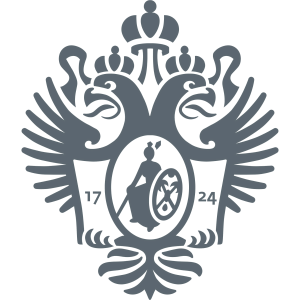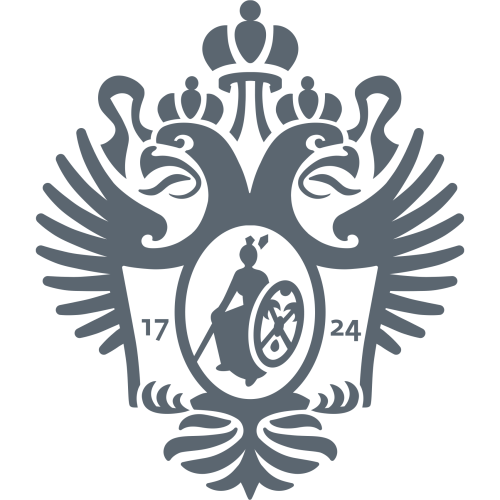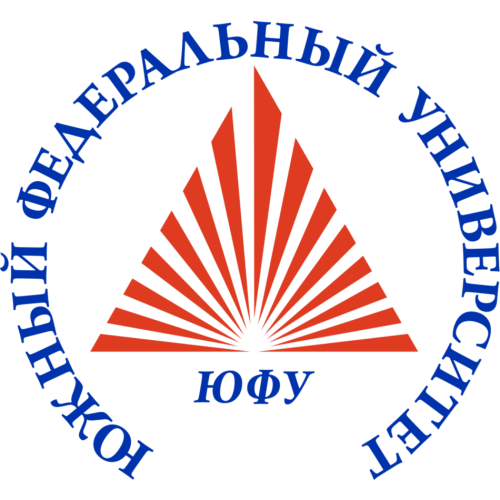Laboratory of non-valent interactions
Publications
173
Citations
3 888
h-index
39
Authorization required.
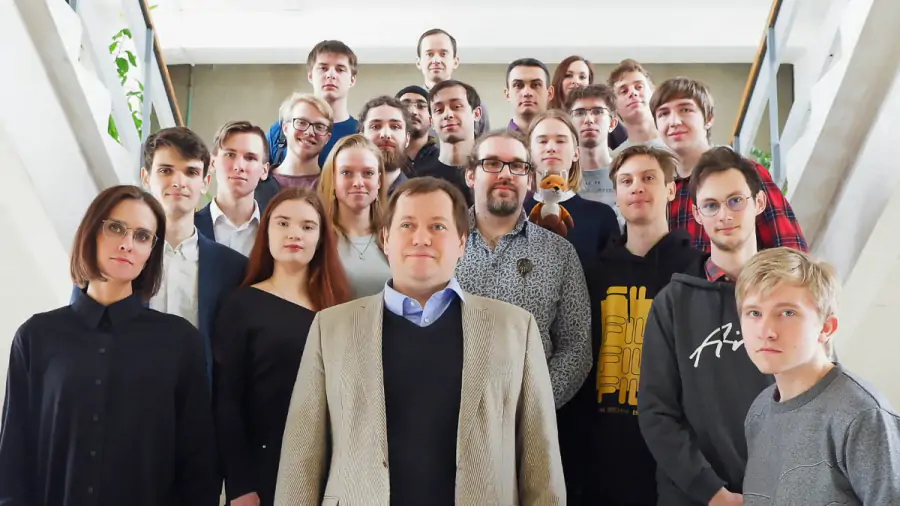
The Laboratory of Non-valent Interactions studies non-valent interactions and their effect on the structure and reactivity of organoelement compounds. Organic synthesis, quantum chemistry and low-temperature NMR spectroscopy are harmoniously combined here.
- Molecular dynamics and quantum chemical calculations
- Organic synthesis
- IR spectroscopy
- X-ray diffraction analysis
- NMR spectroscopy
Peter Tolstoy
Head of Laboratory
Alexander Antonov
Associate Professor
Elena Tupikina
Senior Lecturer
Lera Mulloyarova
Lecturer
Mark Kaplanskiy
Research assistant
Denis Kamynin
Research assistant
Research directions
Organoelement chemistry
+
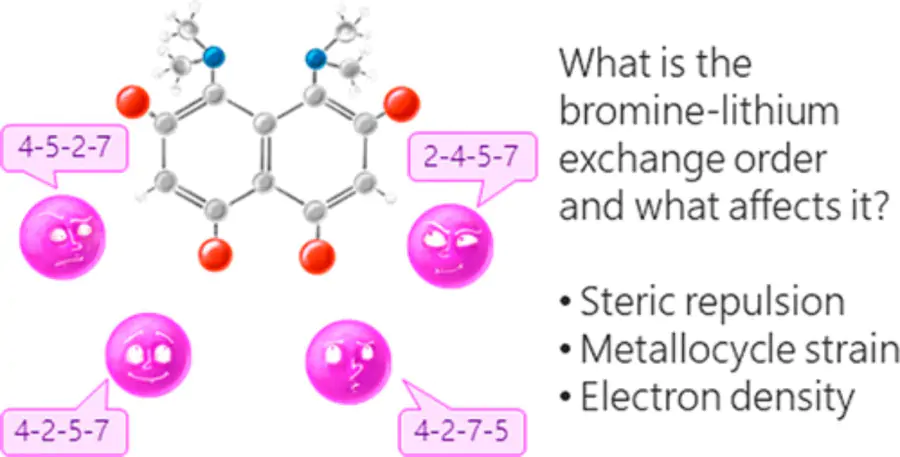
Today, the organoelement strategy of functionalization will allow for complex transformations with high region and stereoselectivity, and also opens up the possibility of introducing substituents into positions inaccessible by classical chemistry methods. In order to develop the synthetic potential of organoelement compounds, projects for the synthesis and analysis of organoelement compounds are being implemented in our laboratory.
Quantum Chemistry
+

Spectroscopy (IR, NMR) and quantum chemistry methods complement each other. Calculations are used to explain experimentally observed phenomena, to predict experimental results, or to model fundamentally impossible experiments.
In our laboratory, we solve the problems of finding correlations between the spectral parameters of hydrogen-bonded complexes and their geometry and energy.
We have proposed a new method of quantum chemical diagnostics of the features of the outer electron shell of atoms, molecules and complexes with hydrogen bonding. The main idea of the method is to use the 3He atom as a probing particle. Our technique allows us to visualize both proton acceptor and proton donor properties of molecular systems and has advantages in comparison with conventional methods (MESP, ELF).
NMR spectroscopy
+
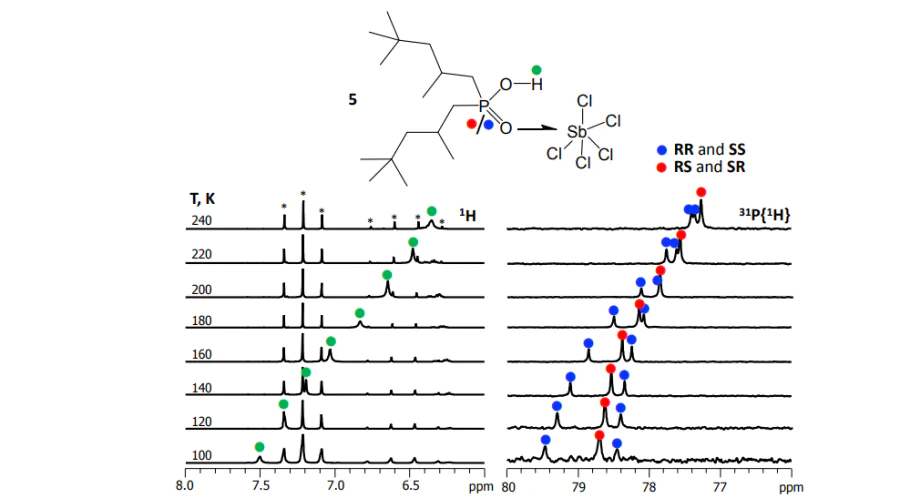
In our laboratory, the properties of various systems with hydrogen and halogen bonds are studied using experimental NMR spectroscopy. In particular, we are working on developing a methodology for interpreting experimental values of chemical shifts of 31P as descriptors of energy and geometry of hydrogen bonding. The establishment of quantitative dependencies between the chemical shift of 31P is complicated (and therefore becomes more curious :)) due to the fact that the phosphorus core is extremely sensitive to many additional factors.
To obtain high-resolution NMR spectra at low temperatures (up to 100 K), we apply and refine a unique technique — we use mixtures of liquefied gases of freons as solvents. Under such conditions, the processes of proton and molecular exchange slow down and signals of complexes of various stoichiometric and isotopic compositions are resolved on NMR spectra.
Publications and patents
Found
Nothing found, try to update filter.
2021
—
2024
| Антонов Александр Сергеевич
2020
—
2022
| Микшиев Владимир Юрьевич
2020
—
2022
| Тупикина Елена Юрьевна
2018
—
2020
| Толстой Петр Михайлович
Lab address
Петергоф, Университетский просп., 26
Authorization required.
